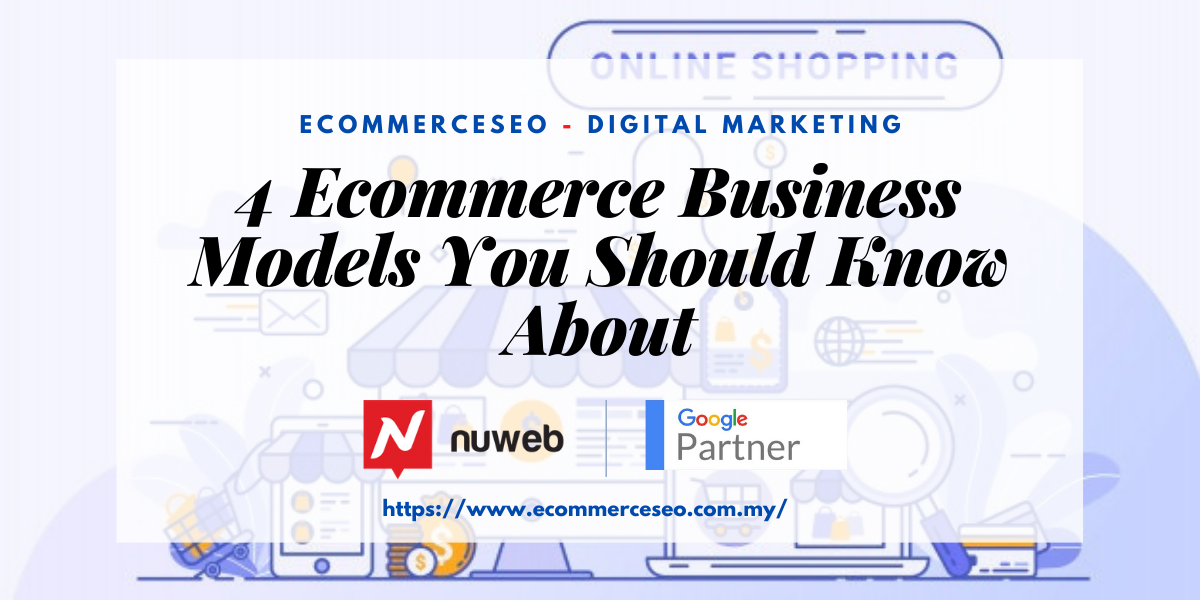Determining a business model is important before designing your business. Without it, you will find it difficult to determine the direction of business and value that you want to offer to consumers. This also applies if you want to run a business online.

4 Common Ecommerce Business Models
In online commerce, there are at least four e-commerce business models, namely;
- B2B (Business to Business)
- B2C (Business to Consumer)
- C2C (Consumer to Consumer)
- C2B (Consumer to Business)
Of course, these four business models have their respective advantages and disadvantages. What are they? Let’s discuss them one by one.
- B2B (Business to Business)
As the name implies, a company that runs in this e-commerce business model sells its products or services to other business entities.
Consumers in the B2B business model are not necessarily the end users of the goods or services purchased. They may act as resellers and resell them to other consumers.
Therefore, Business to Business tends to have long sales cycles. In addition, the marketing efforts required to attract B2B consumers are heavier than other business models.
However, the advantages of this type are high levels of sales and customer loyalty.
Companies with this e-commerce business model usually offer things that are not far from business inventory, such as office equipment, factory machinery, and other industrial equipment.
Not only that, digital products and services are also common commodities in B2B e-commerce. Examples are software and web hosting.
- B2C (Business to Consumer)
B2C is the most common ecommerce business model, where companies sell to end users.
In contrast to B2B, this business model does not require heavy marketing efforts. Consumers generally also don’t take long to buy from the Business to Consumer business.
However, most B2C consumers only retail. In addition, consumer loyalty in this type of e-commerce is usually low.
As you know, companies engaged in the Business to Consumer field offer a variety of products and services. Starting from daily necessities to entertainment.
An example of a B2C company in Malaysia is Lazada
- C2C (Consumer to Consumer)
Fellow consumers can also buy and sell goods. This is what characterizes the C2C business model.
Consumer to Consumer businesses usually rely on ad listing sites, marketplaces, and forums to market their goods.
C2C businesses are loved for their short business cycles. Consumers generally know what they want. Therefore, this business model does not need to work hard to market their wares.
Unfortunately, this ecommerce business model cannot be relied on as a main source of income. In addition to the decreasing price of goods, it is also easy for sellers to experience difficulty controlling their quality.
- C2B (Consumer to Business)
Apart from fellow individuals, consumers can also sell to businesses or companies.
In contrast to C2C, whose merchandise is in the form of products, C2B actors usually offer services to their consumers. Therefore, freelance workers are included in this business model.
Actors of the Consumer to Business business model usually market their services using the website. However, not a few also depend on site listing services.
Even though the perpetrators are consumers, this ecommerce business model requires a high level of marketing effort. This is necessary because there are many competitors and company consumers who choose service providers very carefully.
For more information about SEO Company Malaysia, please visit https://ecommerceseo.com.my/








